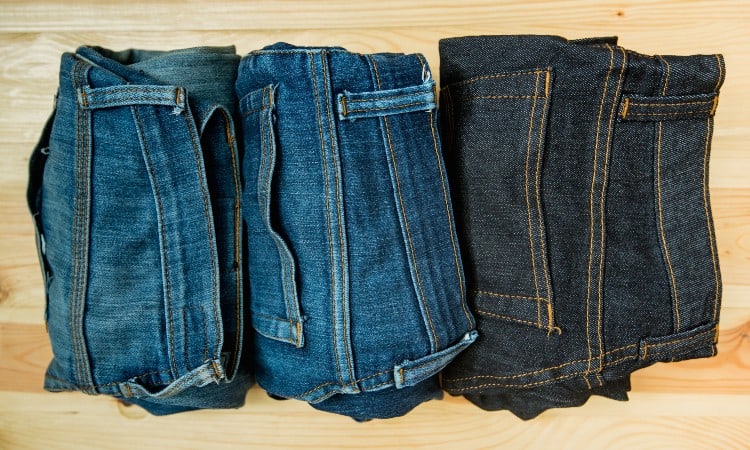The Delhi government has said that it will research how businesses that dye or wash clothing as well as businesses that electroplate and phosphate metal surfaces affect the environment.
Officials said that the Yamuna in Delhi is more polluted as a result of the effluents from such small-scale facilities operating in non-conforming and residential areas.
The majority of these units run without authorization from wastewater treatment facilities. One of the main causes of the thick foam on the river water is the high ammonia and phosphate concentrations in their effluents.
On February 28, the Delhi Pollution Control Committee (DPCC) requested recommendations in this respect from academic institutions.
Read also: Namibia suspends Russian uranium exploration due to environmental concerns
The investigation will determine how much water is being used by these units and the capacity of the treatment facilities and water bodies in their localities, according to a notice on the DPCC website.
Metal surface treatment processes like electroplating, phosphating, and anodizing, among others, have a significant potential to pollute the environment and use a lot of water.
According to the notice, the DPCC has chosen to conduct an environmental assessment to learn more about the pollution potential, treatment options, environmental impact, and corrective actions.
Such units release a toxic concoction of heavy metals, dyes, and carcinogenic compounds into the environment, which also contaminates drinking water sources.
Story was adapted from Business Standard.
